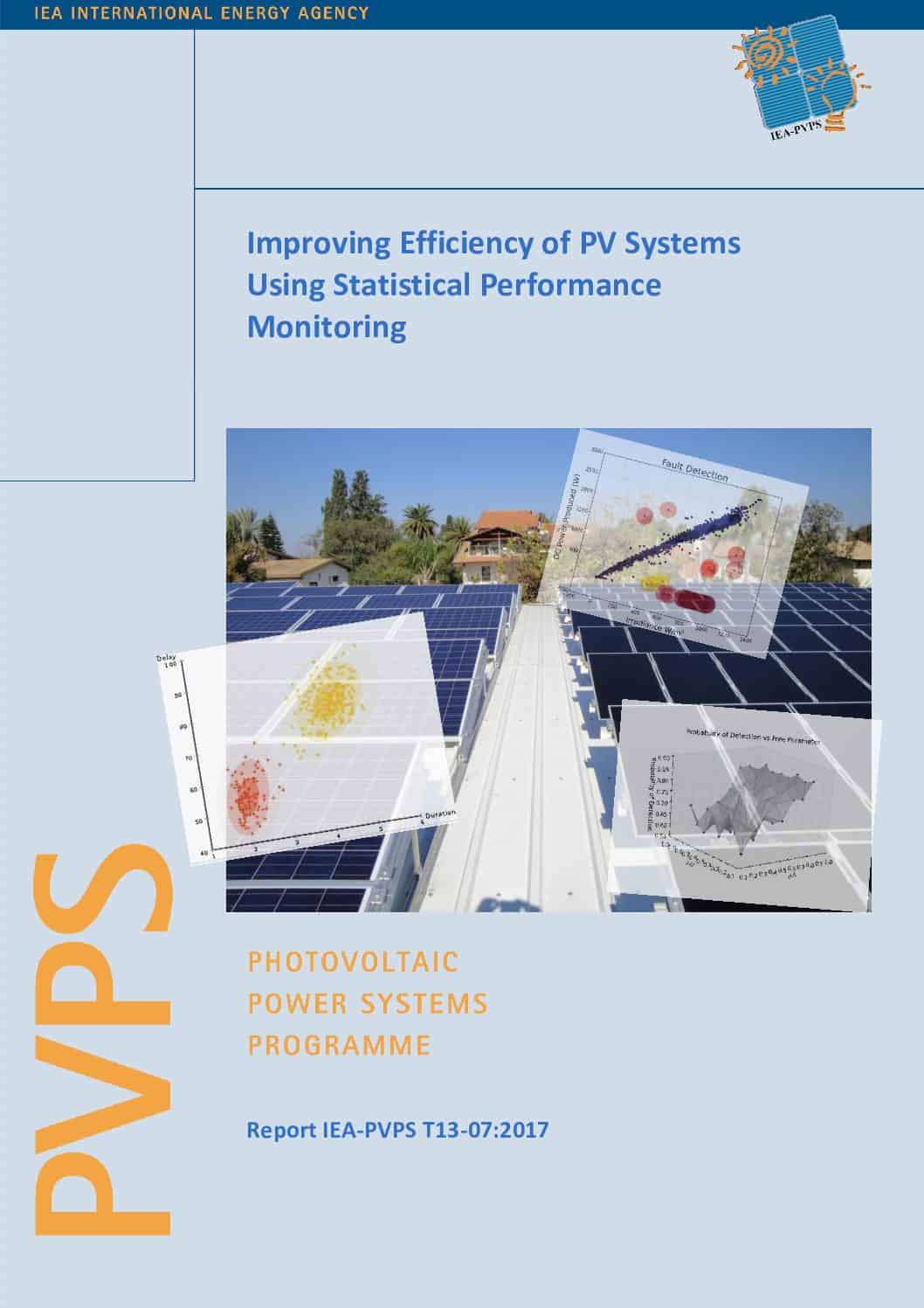Availability, high efficiency and therefore fault detection are of equal importance to the PV system owner and the grid manager for utility‐grade PV and increasingly for the small residential array. With increasing penetration of small arrays, large neighborhoods aggregate to virtual megawatt power stations, creating an amorphous and unpredictable power‐producing entity.
Achieving and maintaining high efficiency is the responsibility of the system owner. Large PV plants are business units in and of themselves and are managed accordingly. Commercial, small industrial and residential systems are usually erected on independent rooftops with no immediate professional oversight as to daily maintenance. Few small systems are effectively monitored. At best, the system owner monitors the inverter and is made aware of faults to the level of awareness that such monitoring is capable of achieving.
The simplicity of the PV system in comparison to other energy‐producing systems makes for difficult fault monitoring. Electricity generation in a turbine of any type, for example, entails many moving parts, different pressure levels, changing angles and speeds. Set‐points defined for sensors on these critical elements in the system can warn of impending system failure. The PV system has only meteorological input and electrical output. No parameters are available for monitoring with a set‐point other than the energy readings and the accompanying electrical parameters sup‐ plied by the electricity generation. Smart meters and new inverter technologies allow monitoring and communications, opening the scope for improved monitoring and analytics at the small system level. Inverter manufacturers and independent monitoring services supply simple metrics to aid in ascertaining system health such as inverter comparison (when more than one inverter exists) and PR calculation (when irradiance values are available). This report examines four new methods using increasingly advanced statistical analysis of the system‐supplied parameters to enable quicker and more exact alerts, particularly for the residential system maintained by non‐ professionals. By being technology independent, the methods have applications for grid‐level integration of distributed energy.
The first system for residential solar analytics was developed in Australia, where solar irradiation data is made available free of charge by the government. This system comprises a simple energy meter installed on the PV system feed into the electrical power‐distribution box that collects data. Using statistical analysis, the data on generated electricity is compared to an expected generation profile from the irradiation data and system configuration. The system owner has access to real‐ time electricity generation data and fault diagnosis that identifies issues and what to check if performance was not as expected.
The second system uses machine learning to predict next day’s hourly production by small residential systems for aggregation into virtual neighborhood power plants for the benefit of grid managers. This system requires only inverter data feed to the system server. The algorithms work on the inverter feed and meteorological prediction extracted from commercially available meteorological servers. No irradiation data or system configuration data is required. Applying these algorithms on yesterday’s weather history, as opposed to weather predictions, produces an immediate indication of system health. Tracking daily system health, which is simplified to qualitative ratings from A to F, enables even the smallest system to positively ascertain that the system is performing as expected or that a service call should be made.
Fault prediction is the topic of the third system described in this report, which is also based on machine‐learning algorithms. Clustering statistical methods are used to predict future faults that will affect power production. This system requires only an inverter data feed and access to historical meteorological data extracted from commercially available meteorological servers. No irradiation data or system configuration data is required. This system has proven so far to predict future 9 loss due to faults, though work continues to classify the specific fault that will occur in order to enable the owner to undertake appropriate preemptive corrective action.
The last system to be described in this report demonstrates promising application of artificial neural networks. These algorithms learn the behavior of the system from the available inputs. This learned behavior is compared to incoming real‐time parameters from the system, enabling detection of faults much faster than existing methods in the field today such as Performance Ratio, Power Performance Index or inverter comparison, for example. At the time of writing, the developed algorithms have produced good results in the test systems. Future work requires that the algorithms be applied to data from various seasons and locations and combined with more testing and development to detect a wider variety of fault conditions.
